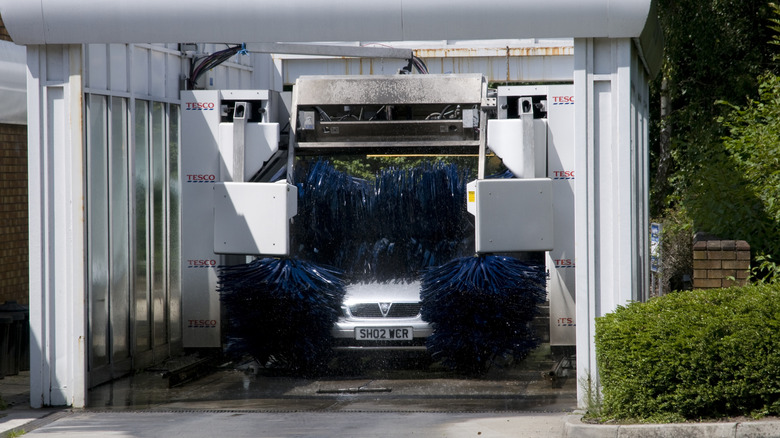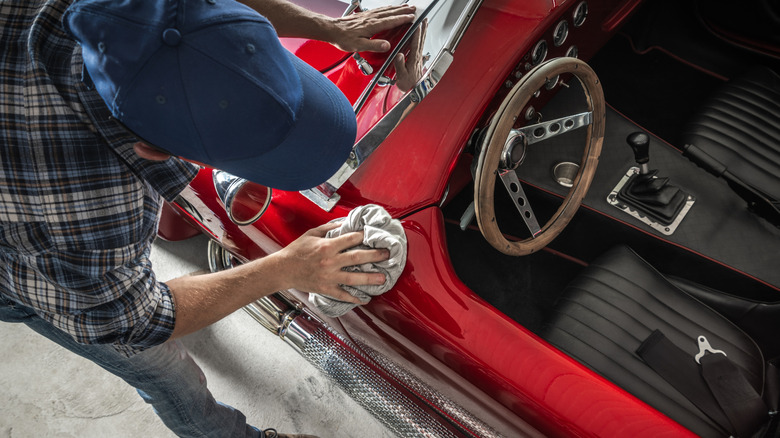Are Automated Car Washes Safe For Classic Cars?
Classic cars are more than just machines you use for your commute — they're rolling time capsules of automotive history. Many of these cars are crafted with intricate attention to detail, which stands in stark contrast to today's mass-produced vehicles that are churned out on assembly lines with less focus on individuality.
Because they're designed in a certain way, these vehicles generally demand more TLC than their modern counterparts. They often feature older paint formulations, fragile clear coats, and trim materials that simply weren't built to withstand modern cleaning chemicals or abrasive brushes.
They may also come with decades of wear, oxidation, or restoration work — all calling for a gentler hand. That casual $10 tunnel wash might be fine for your daily driver, but for your '60s Mustang or a '70s Chevelle? One careless session can result in hundreds, if not thousands, of dollars in damage. Let's dive into what really goes on in those seemingly convenient drive-thru washes.
The hidden dangers of automated car washes
Many experts agree that automatic car washes, especially the spinning-brush tunnel types, can wreak havoc on your classic car's finish. That's because these brushes slap and spin against the car's paint, and they can carry along a nasty cocktail of grit, dirt, and debris picked up from previous vehicles. Such remnants can introduce swirl marks, micro-scratches, and dull the finish over time — damage that's even more noticeable on dark-colored cars. Fixing that kind of wear isn't cheap, either.
Older weather seals around a classic car's windows and doors may also struggle to withstand the high-pressure blasts from automatic washes. There have even been cases of broken antennas and damaged chrome due to the rough nature of these systems.
Even "soft cloth" washes aren't entirely safe, as the cloths aren't always properly cleaned between cycles. That leaves just a couple of safer alternatives: touchless and laser washes. These avoid physical contact but depend on car wash soaps that often contain strong chemicals to break down grime, which can be risky for older paint and trim. Long story short: if you're hoping to preserve your ride's classic good looks, most automated options are best avoided.
So what option does that even leave for a classic car owner?
If you want your classic ride to keep turning heads for the right reasons, perhaps it's time to rethink your car washing habits. The safest route is, as always, a proper hand wash, but make sure to do it correctly.
Start with the right tools and techniques. Use a soft sheepskin or cotton chenille mitt to avoid swirl marks and follow the golden rule: always wash from the top down. That way, you're not dragging road grime from the dirtiest parts of the car across freshly cleaned surfaces.
Moreover, invest in a good, thick car wash soap — not dish soap (that stuff will kill your paint's shine). Work with two buckets — one for soapy water, one for rinsing — and always clean the wheels last since they carry the most grit. After rinsing thoroughly with free-flowing water, dry the car completely using a clean microfiber towel or soft leather chamois. Start from the top again, working down and swapping towels often to avoid re-contaminating the surface.
The bottom line is that when it comes to classic cars, a little extra care goes a long way. Try to skip the "scratch-o-matic" whenever possible and show your ride the love it deserves.


